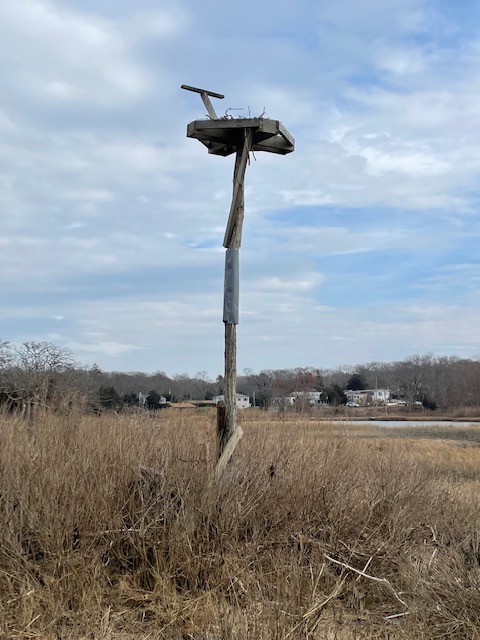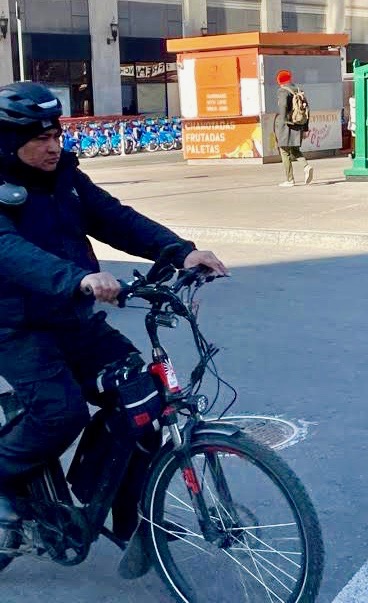
Friday, March 25
The Congo, Honduras, Uzbekistan, Iran—peripatetic Polish journalist Ryszard Kapuscinski traveled to all of them and beyond. Working for the Polish Press Agency beginning in the late 1950s, he covered 27 revolutions and coups. On top of that, he wrote over 30 books and countless articles on far-flung places, always applying his particular sensibility and often startling wordsmithy to the subjects at hand.
Some questioned the veracity of his outlandish revelations. Writing about the Portuguese flight from the Angolan revolution in 1975, he described a panicked rush of former colonizers, intent on taking their stuff away with them. In Luanda, “everybody was busy building crates,” he wrote in his book Another Day of Life. “Crates belonging to millionaires were impressive: beamed and lined with sailcloth, they had solid, elegant walls made of the most expensive grades of tropical wood…Into these crates went whole salons and bedrooms, sofas, tables, wardrobes, kitchens and refrigerators, commodes and armchairs, pictures, carpets, chandeliers, porcelain, bedclothes and linen, clothing, tapestries and vases, even artificial flowers…all the monstrous and inexhaustible junk that clutters every middle-class home…all we leave behind are the bare floors, the naked walls.”
Other books focused on a number of absolute dictators, from Ethiopian Haile Selassie to the Shah of Iran to Stalin. And in revisiting what is likely his magnum opus, Imperium, on the disintegration of the Soviet Union, I discovered some very insightful Kapuscinski passages about Ukraine.
Writing in 1991 after the collapse of the U.S.S.R. and the establishment of an independent Ukraine, the author gauges just how culturally distinct the people really are. “Half of the fifty-two million inhabitants of the Ukraine do not speak Ukrainian, or they speak it poorly. Three hundred and fifty years of Russification have inevitably produced such a result…As early as 1876, Alexander II ordered that instruction in Ukrainian schools take place only in Russian….”
Eastern Ukraine, he says, is home to 13 million native Russians. Russification here was intense and brutal, with Stalin murdering almost the entire intelligentsia and allowing several million Ukrainian peasants to starve to death in the Great Famine. “Only those who fled abroad were saved. Ukrainian culture was better preserved in Toronto and Vancouver than in Donetsk or Kharkov.”
Yet, he continues, “simplifying greatly, one can say that there are two Ukraines: the western and the eastern. [In the western part] inhabitants speak Ukrainian, feel themselves to be one-hundred percent Ukrainian, and are proud of this. It is here that the soul of the nation survived, its personality, its culture.”
Which does not bode well for Putin and his war. If Russia has not yet subdued eastern Ukraine, how will it fare in the west? Would Putin truly employ a scorched earth approach there, destroying modern cities and infrastructure—and to what end? Does he imagine resettling the entire land with Russians, much as Hitler imagined resettling it with his master race?
Perhaps Putin feels that he has no choice. For as Polish historian J. Waswicz, quoted by Kapuscinski, wrote back in the 1930s: “Without the Ukraine, Moscow is relegated to a northern wilderness.”
Dinner: smoky sweet potatoes with eggs and almonds and a side of Brussels sprouts.
Entertainment: the Ukrainian sitcom Servant of the People with Volodymyr Zelenskyy.




